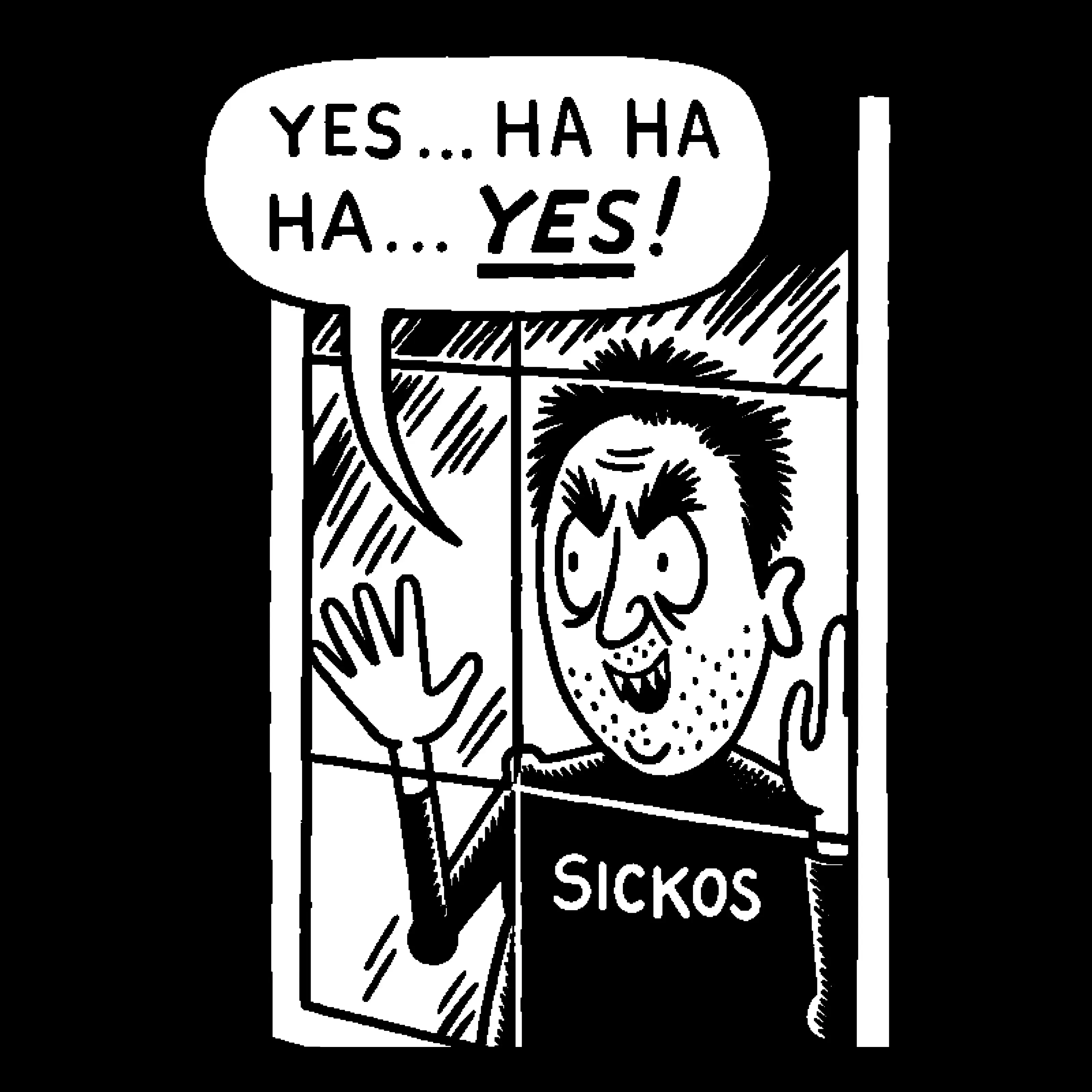When I get my own place there will be a urinal in the bathroom. Why wouldn’t there be one? So efficient.
- 5 Posts
- 1.11K Comments
They are, but I feel like there are people who like to cause unnecessary confusion by making things out to be more complex than they are (not just limites to roundabouts, either).

 51·17 hours ago
51·17 hours ago“Dozens”? Like, what, thirty or so? At that point, just use the actual fucking number.

 5·17 hours ago
5·17 hours ago“I also pick this guy’s dead wife.”
Spectacular.
A bit of info for anyone who doesn’t know how to use a roundabout: it’s just a one-way street that loops around on itself tightly. Seriously. That’s it.
Yes, it’s a shame they didn’t make a fifth one 😐.

 9·5 days ago
9·5 days agoHonestly in rare situations that a device like that needs to be accessible from the wild Internet I think it’d be mad to expose it directly, especially if it’s not manageable as you suggest. At the very least, I’d be leaning on a reverse proxy.
Be sure to regularly defrag your C: drive or things might slow down.
“If there is an infinite number of buckets, there must be a bucket where the other buckets don’t exist.”
Put them next to chickens and take a photo that makes it look like you have enormous chickens.

 14·9 days ago
14·9 days agoNo, but that’s not to say I wouldn’t be delighted to see Xitter and Meta burn. Ultimately, though, we need laws that require transparency and impartiality on the part of the owners, similar to the rules we have for television news outlets, and those rules need enforcing in no uncertain terms. It doesn’t matter, then, if the service is native or foreign.

 4·10 days ago
4·10 days agoAbout twenty iPods.
Walkers, a snack company, was running a contest where you could enter a draw every ten minutes, 24 hours a day, to win an iPod. They also had a website where you could get an entry code without buying anything. I was one of the few people to have unlimited texts and a phone controllable by Bluetooth at the time, so I ran a script to just spam the free entry codes. Somehow they never cottoned on.

 8·10 days ago
8·10 days agoYeah, I can only tut and shake my head when non-Brits complain about stepping on Lego.

 15·10 days ago
15·10 days agoThe specific-plugs-for-lamps think is very rare these days. The reason for it is that it’s not uncommon for our plugs to be on a high amperage circuit - sometimes 30A, occasionally higher - that can’t be safely controlled with a light switch or similar, so the lamp-only circuit will be capped at, say, 3A with unusual plugs to avoid someone trying to connect a tumble dryer.
I just arrived in Norway and was about to search for a simple currency converter. Handy!
I’ve just arrived in Norway (literally waiting as passport control) at the start of a three-week hiking-heavy Interrailing trip around Scandinavia and Central Europe. You better believe that I’ve got all of Europe downloaded in Organic Maps. Also, Organic Maps is a client for OpenStreetMaps which, for detailed foot-level maps, beats Google/Apple hands down and is, of course, open source.
Borpborpborplorpborpnorpborpsorpborpsorpborp? Is it really you?
Proud supporter here. I chuck them a few quid every month.
A lot of services have got wise to that block +alias addresses, or at least treat them all as a single address. its_me+ubereats45@gmail.eggs is obviously an alias, but ubereats45@its_me.eggs is harder to detect.






I would sincerely financially support ZimoNitrome if they started makeing It Is Wednesday My Dude videos again.